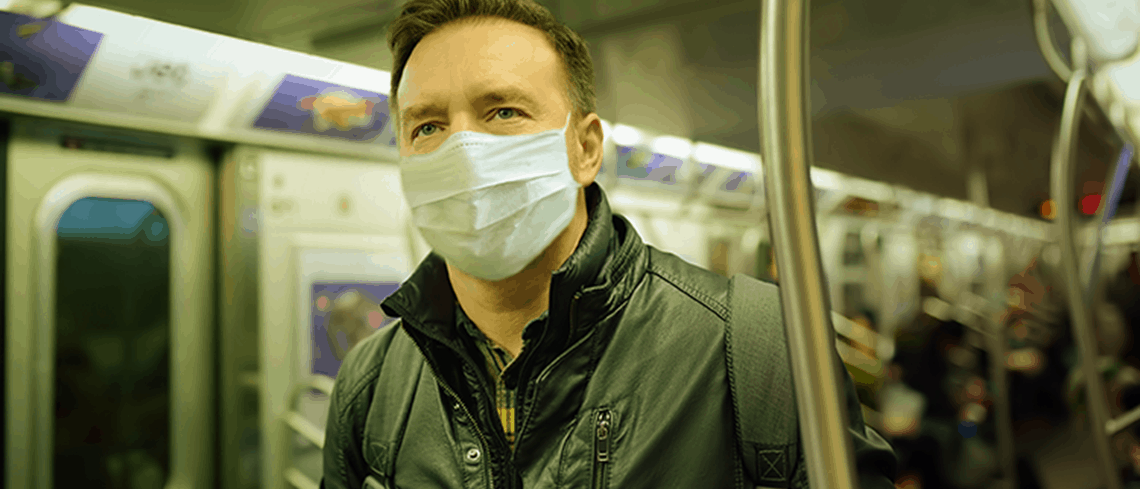Maintaining Hygiene in Public Places
Daunting as it may seem, maintaining hygiene is not a difficult task. In the aftermath of Covid-19 (UAE), many different behaviors and activities related to personal hygiene needed to be focused on, as the safety of one is now linked to the safety of all.
During the Covid-19 pandemic, public places acted as hotspots that helped the spread of various germs, bacteria, and diseases through cross-contamination.
Even in the post-pandemic era, maintaining personal hygiene in public places is the best defense that one can have against these microorganisms. Yet, a large portion of the population still turns a deaf ear to the advice given by authorities.
What is personal hygiene?
Personal hygiene means adopting and practicing certain behaviors to protect your overall health. In a nutshell, it is about how you care for your body.
To protect your health, your body, hair, mouth, and teeth must be cleaned regularly, and clothes must be washed frequently. Therefore, personal hygiene is intimately involved with health.
Why personal hygiene is important?
The importance of personal hygiene cannot be underestimated because good personal hygiene ensures that you are protected against various infectious diseases that are caused by millions of germs and bacteria you come into contact with daily.
You can easily avoid diseases by adopting good personal hygiene, especially infectious diseases such as Covid-19, typhoid, diarrhea, cold, and flu.
How to maintain personal hygiene in public places
It’s not like there is a bible of rules about taking good hygiene measures and strict guidelines when it comes to public places.
Below you will find some good old-fashioned advices that will help you remain protected from all types of germs and bacteria in public places.
- Maintaining good hygiene starts with adopting some basic manners pertinent to carrying yourself in public places. For example, cover your nose and mouth with a tissue or the crevice of your elbow while coughing or sneezing to reduce the release of respiratory droplets.
- If you have used a tissue to cover your cough or sneeze, don’t put it back in your bag/purse/pocket. Instead, dispose it away in a dustbin. Storing the tissue paper will contaminate the other items in your bag/purse/pocket.
- Wash your hands with water, antibacterial soap, or liquid hand wash immediately after coughing or sneezing. If soap and water aren’t available, applying a hand sanitizer that effectively kills 99.9% of germs is also a viable option.
- While traveling in public transport or using public restrooms, you must wipe the contact area with an antibacterial multiuse wipe before use. In addition, keep an eye out for surfaces that harbor dangerous germs, such as washroom taps, door handles, subway poles, etc., and clean them with an antibacterial wipe before touching them.
- If possible, try carrying an antibacterial disinfectant spray with you in public places. First, spray on the surfaces that you’ll come into contact with. Let it sit for a while, and then wipe it off with a tissue or piece of cloth to neutralize the thousands of germs on such surfaces.
- When eating out at a restaurant, do your homework before visiting that eatery. Go through the reviews - you may find something that could change your mind. Make no compromise regarding food safety and hygiene because even a small effort can protect you from food-borne illnesses such as food poisoning.
- Apart from this, shaking hands can never go out of fashion while greeting one another. While a handshake is sometimes unavoidable in public places, just remember to wash your hands with antibacterial soap or liquid hand wash or use a hand sanitizer discreetly.
FAQs
What are the different types of hygiene?
There are 4 types of hygiene.
- Personal hygiene: Cleanliness of one’s body and clothing, proper living habits, healthy diet, rest, and exercise.
- Environmental hygiene: Creating safe spaces to prevent diseases through disinfection, rodent control, disinfestation, and fumigation activities.
- Domestic hygiene: Involves cleanliness, the sanitary preparation of food, and ventilation, which generally means cleanliness in homes.
- Food hygiene: Handling, preparing, and storing food items to reduce the risk of contamination and food-borne diseases.
What are the benefits of good hygiene?
Following are the benefits of good hygiene:
- Disease prevention: Reduces the risk for diseases that commonly spread through viral and bacterial infections.
- Social and professional acceptance: Helps you overcome issues such as bad breath, body odour, and infection risks.
- Higher confidence and self-esteem: Good hygiene allows you to feel well-groomed and refreshed, making you feel more confident and comfortable both physically and mentally.
- Pain prevention: Practicing good hygiene can prevent you from developing painful diseases and infections.
What are some common practices for maintaining personal hygiene?
Some common practices for maintaining personal hygiene include:
- Washing your hands with antibacterial soap or liquid hand wash regularly.
- Brushing your teeth twice a day.
- Take a bath or shower using an antibacterial body wash at least once daily.
- Covering your mouth and nose with a tissue while you cough or sneeze.
